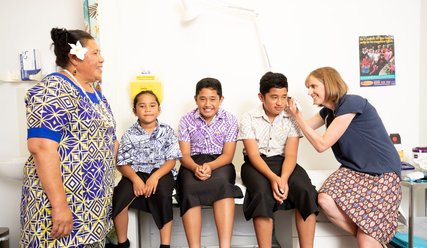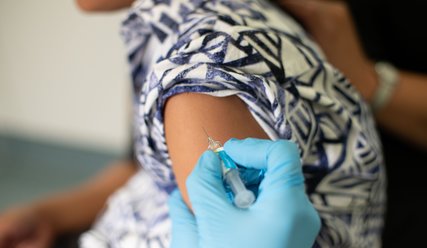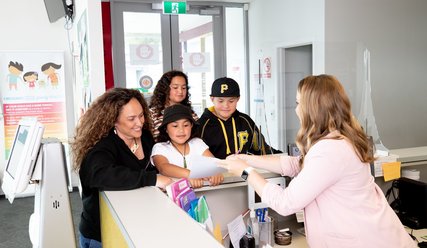A journey in Māori health: “we saved ourselves from extinction”
Tā (Sir) Māui Pōmare was the first Māori doctor to graduate from a medical school, and is the namesake of the College’s Māori representative group, Te Akoranga a Māui.
Born in the 1870s, Pōmare was known as a skilled public speaker, an astute negotiator, and a leader in both the Māori and Pākehā world.
Ahead of the annual Te Rā o Tā Māui Pōmare (Sir Māui Pōmare Day) commemoration, we caught up with Dr Tony Ruakere MNZM to hear his thoughts on the special day.
“There are two points to make,” says the retired GP and renowned Māori health advocate.
“Number one: we are a race that faced extinction. Number two: we saved ourselves from that fate.”
As a former Chief Advisor at the Ministry of Health, Dr Ruakere spent many hours in the archives reading about inequitable health outcomes during the 19th century and beyond.
“In 1861, one in five Māori babies reached one year of age,””
Under Pōmare’s leadership, New Zealand saw great reforms made to midwifery and antenatal care following a difficult period of public health during the 1920 – 1921 recession.
With a budget that had been slashed before his appointment, Māui led a campaign for safe maternity care that directed attention to sterilisation and asepsis techniques.
Dr Ruakere sees Pōmare as one of three key figures that helped to turn the tide.
“As I see it, we had this leadership at the top: Māui Pōmare, Te Rangi Hiroa (Peter Henry Buck) and Apirana Ngata – all educated at Te Aute College,” he says.
“It’s unbelievable. Seemingly out of nowhere, from this little country school, these three schoolboys came out and started their work.”
Dr Ruakere describes how two core Māori health groups emerged, influenced by the early work of those stalwarts.
“First came the 1900 Māori Councils Act, which divided the country into 19 areas. Each had Māori hygiene officers. They were all laymen, no education really, but there were hundreds of them.
“The biggest focus was on clean water, clean air, healthy diet. No high-powered or intensive care – just simple things.
“Next came the Māori Women’s Welfare League, set up in 1951 under the patronage of Princess Te Puea Hērangi. Dame Whina Cooper was the first President.
“It was a very big organisation. Again, it went to the grassroots of family health, particularly children’s health.
“Those were two armies that we Māori put out there, to go into the community. We did it ourselves.”
And while Dr Ruakere is careful to note that Māori faced great opposition, he says that cooperation has made several positive outcomes possible too.
“I’ve seen many speakers get up and put the boot in, but the truth is that much of the progress we’ve made in health has been with our Treaty partners.”
For example, Dr Ruakere remarks on the dramatic progress in the number of Māori graduating from medical schools, with 40 Māori graduates coming out of Otago University alone last year.
“When I graduated in 1970, there was one Māori out of 120 students (me). The year before there was just one as well: Mason Durie. We were it!”
Dr Ruakere says that modern Māori leaders such as Eddie and Mason Durie, Eru Pōmare, and Paratene Ngata took on the mantle of their predecessors.
“Some people thought of the doctors as tohunga, at the very head of Māori healing. The wairua went very deep, and they were held in very high regard.
“That leadership continues today in the public health sector, driven by the likes of Professor Papaarangi Reid and Associate Professor Sue Crengle.”


